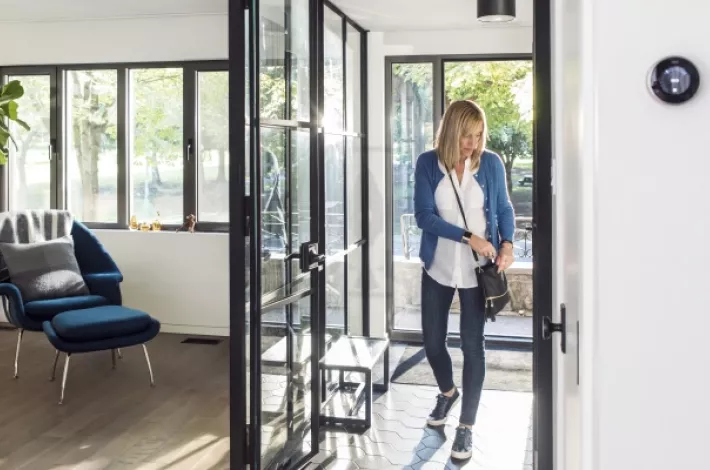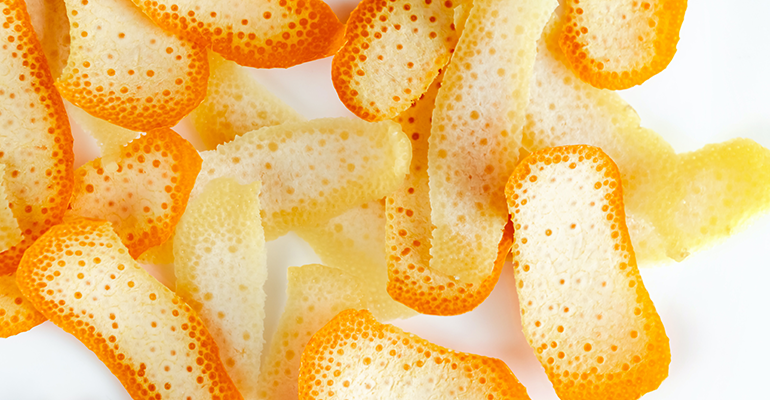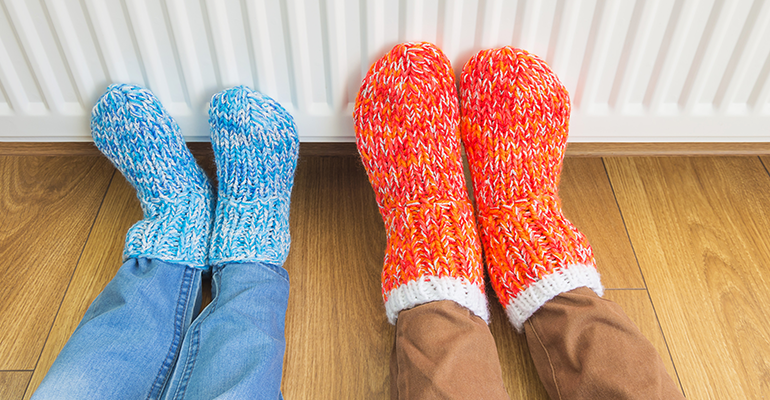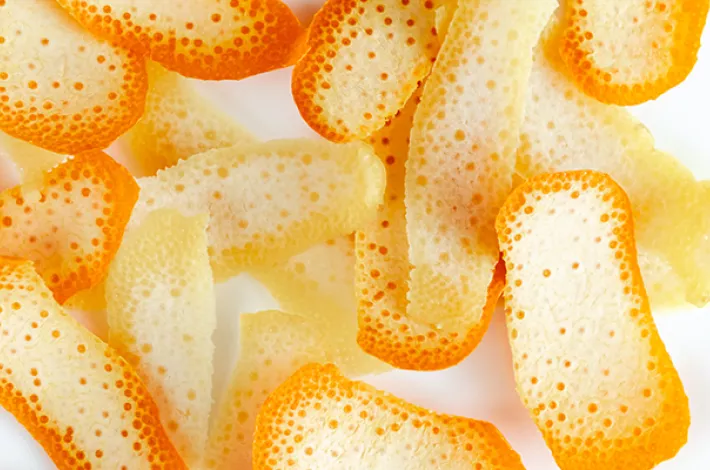
Can a green roof be installed anywhere?
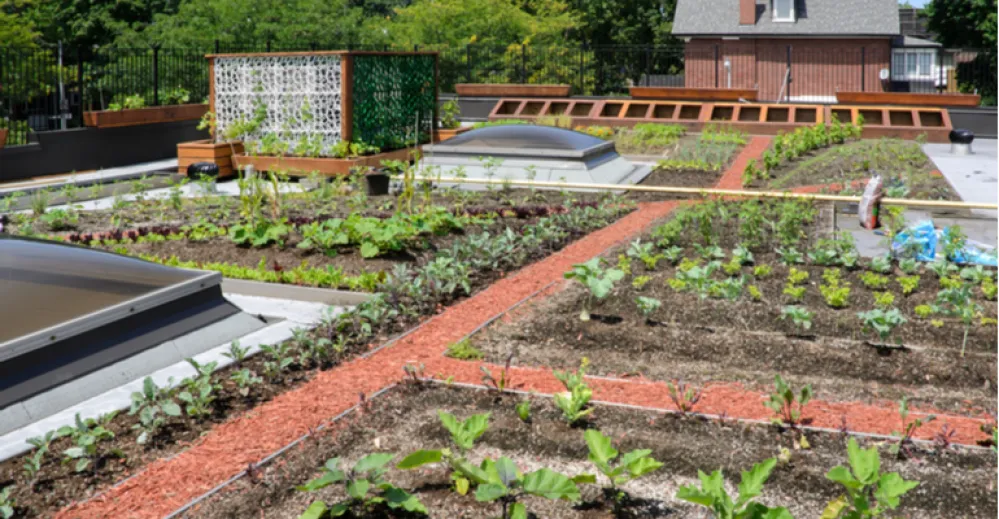
Green roofs, also called living roofs, are increasingly appearing atop residential and commercial buildings. According to the Le Devoir newspaper, this phenomenon is just starting to take root in Québec. However, green roofs are all the rage in Europe, where government initiatives have been implemented to fuel their growing popularity. Is this just the latest trend or is are they here to stay? Furthermore, can a green roof be installed anywhere? Before answering these questions, let’s first address what green roofs are all about and present their pros and cons.
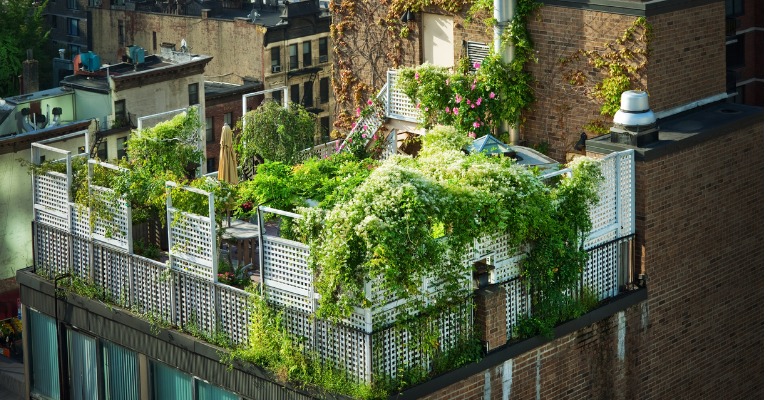
What is a green roof?
A green roof is roofing that includes a plant component which grows on its surface. The underlayment of the roof is made up of a waterproof membrane, a drainage system and an organic growing medium in which the plants can grow.
The Régie du bâtiment du Québec stipulates that a green roof may be extensive (growing medium with a maximum depth of 150 mm), semi-intensive (growing medium with a depth of 150 mm to 300 mm) or intensive (growing medium with a depth of more than 300 mm). Moreover, the maximum height of mature plants may not exceed 1,200 mm, and a green roof must be essentially flat; the creation of mounds or hills is not allowed.
Some say that green roofs are part of a “green fad” and are still in the experimental phase. However, this isn’t true. The concept of green roofs has existed for hundreds of years, and there are examples of them in numerous countries around the world. What has changed is the technology for installing and maintaining them, and that they are now thinner and lighter.
Another myth is that green roofs are only designed for green-certified homes. It’s true that some types of certification provide incentives for installing a green roof on a building whose structure is already LEED-certified, for example, as the environmental benefits are undeniable. However, other factors may encourage homeowners to install a green roof on their home, such as potential savings, their aesthetic appeal or to add a bit of green space or a garden to an urban home that is lacking it.
A green roof is good for your health
This is the clearest advantage of green roofs. Aside from their natural, rustic appearance, green roofs offer a host of health benefits, particularly in urban environments where there is less vegetation. But that’s not all. Green roofs regulate thermal air movement, capture volatile air particles, reduce greenhouse gases and provide shade for buildings, which reduces the reflective sun rays that produce the urban heat island phenomenon.
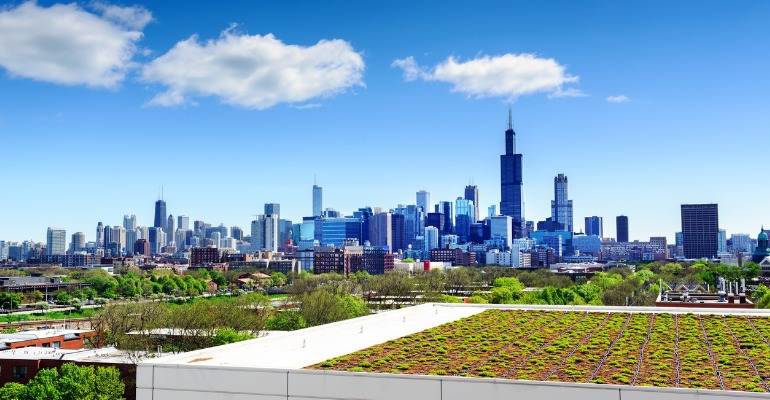
A green roof will save you money
The costs associated with installing a green roof make it a good investment due to the savings you will incur. Green roofs reduce energy costs, both for heat and air conditioning, as they help moderate a building’s internal temperature year-round. They also save homeowners money during major storms by absorbing much of the water, thereby preventing floods and their related costs. It has also been observed that green roofs extend the life of the roof’s membrane, which, once covered with plants, is protected from ultraviolet sun rays.
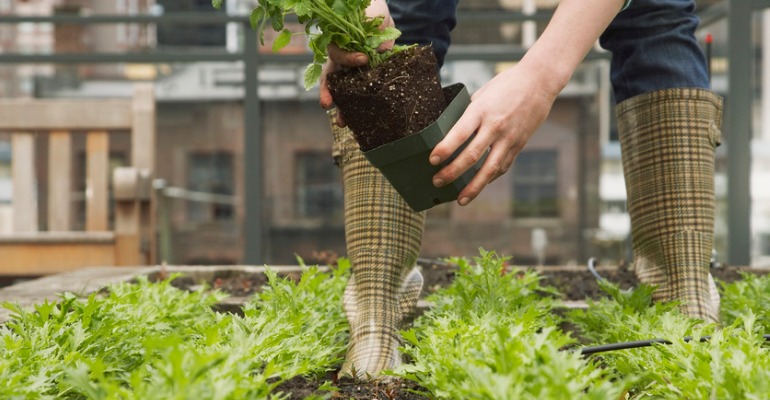
Structural damage in the making?
On the other hand, green roofs can cause structural damage to a building due to their weight as well as water seepage over time. Both of these can be expensive problems to fix and may dissuade people from considering adding a green roof to their home. Is there any truth to these claims? First of all, it’s important to point out that a leaking roof is not related to whether you have a traditional or green roof. Water seepage comes from other sources, such as a weakness in the building’s structure or the use of poor-quality materials in the building’s cladding, attic or waterproof membrane. Regardless of the type of roof you have, it should be waterproof.
When it comes to a building’s capacity to support the additional weight of a green roof, you need to exercise caution and be well informed. “A cubic foot of wet soil can weigh up to 100 lbs, whereas Montréal rooftops are calculated to withstand 40 lbs of snow per square foot of surface area.” – Vie en Vert. This information is not intended to dissuade you if you are a fan of green roofs, but simply to stress the need to objectively assess the condition of the residential or commercial structure in question. A number of products are now on the market for extensive green roofs on homes that do not have a concrete structure, including an organic growth medium with a maximum depth of 150 mm, or prefabricated panels, which lighten their load on the roof.
Let’s return to our initial question: Can a green roof be installed anywhere? According to an article on the ÉcoHabitation website, the answer is yes. However, it’s a good idea to call on an engineer or expert in the field, who can confidently determine the solidity of the building’s structure and recommend the best solution to ensure that your roof stays green for years to come.
You may also like...

